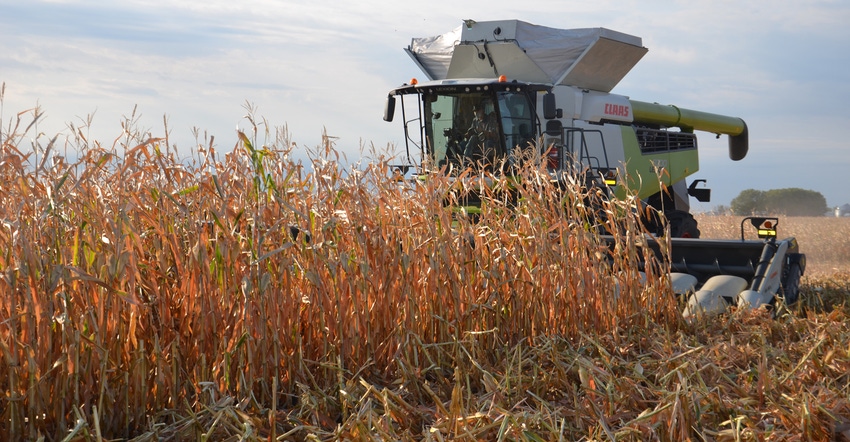
Price rallies for corn and soybeans in late August and early September improved the picture for 2020 actual crop budgets, and refocused what’s expected in 2021 for a farm with average land and a 50-50 corn-soybean rotation. However, they didn’t change the fundamentals. Net return to land will remain well below average cash rent for both 2020 and 2021.
That’s the conclusion Purdue University Extension agricultural economists Jim Mintert and Michael Langemeier reached after reviewing USDA’s latest report related to corn and soybean stocks, issued Sept. 11. Mintert is director of the Purdue Center for Commercial Agriculture, and Langemeier is associate director.
“Increasing prices means bottom line numbers in crop budgets look better than they did in August when we ran budgets,” Langemeier says. “However, the numbers in August 2020 were extremely bleak. So, while we saw improvement, we still expect tight margins to continue.
“Look for some downward pressure on cash rents for 2021. However, average cash rent per acre may not fall as much for 2021 as some people might expect.”
Here is a closer look at how Langemeier and Mintert arrived at those conclusions.
Fundamentals and budgets
Langemeier defines net return to land for crop budgeting purposes as the amount of money left per acre after all expenses but land are subtracted from total revenues, including government payments. That includes charges for machinery and family labor.
The average cash rent in Langemeier’s data is $252 per acre for 2020. In August, the net return to land, based on crop prices at the time for a farm with average land in a 50-50 corn-soybean rotation, was about $100 under average cash rent for 2020.
“Net return to land increased $25 per acre when we ran it on Sept. 11, using updated corn and soybean prices,” he explains. “That still leaves it well below breakeven compared to net return per acre of land.”
Looking into 2021, using current budget projections, even after price increases, the expected net return to land in 2021 is still substantially below expected average cash rent. If cash rent in 2021 remains constant at $252 per acre, net return to land, at $168 per acre, would be $84 per acre shy of breaking even.
“That’s why we still expect downward pressure on cash rents when negotiations occur this fall for 2021,” Langemeier says. “But based on trends we’ve seen in the past, the reduction in average cash rent statewide [in Indiana] in 2021 may be relatively small.”
For every $100 drop in net return to land, based on historical data, Langemeier and other ag economists at Purdue track about a $10 reduction in average cash rent the following year. That would suggest a drop from $252 to $242 per acre for 2021 average cash rents.
“If relatively low prices and net return to land below average cash rent continues into 2022 and beyond, cash rents may fall more,” Langemeier says.
If you’re negotiating, that may mean asking landowners to consider alternatives, including flexible cash rents. It may also mean that if you want to hang on to a tract, consider how much you’re willing to lose based on 2021 budgets to hold on to the land, expecting better times ahead, Langemeier concludes.
About the Author(s)
You May Also Like




